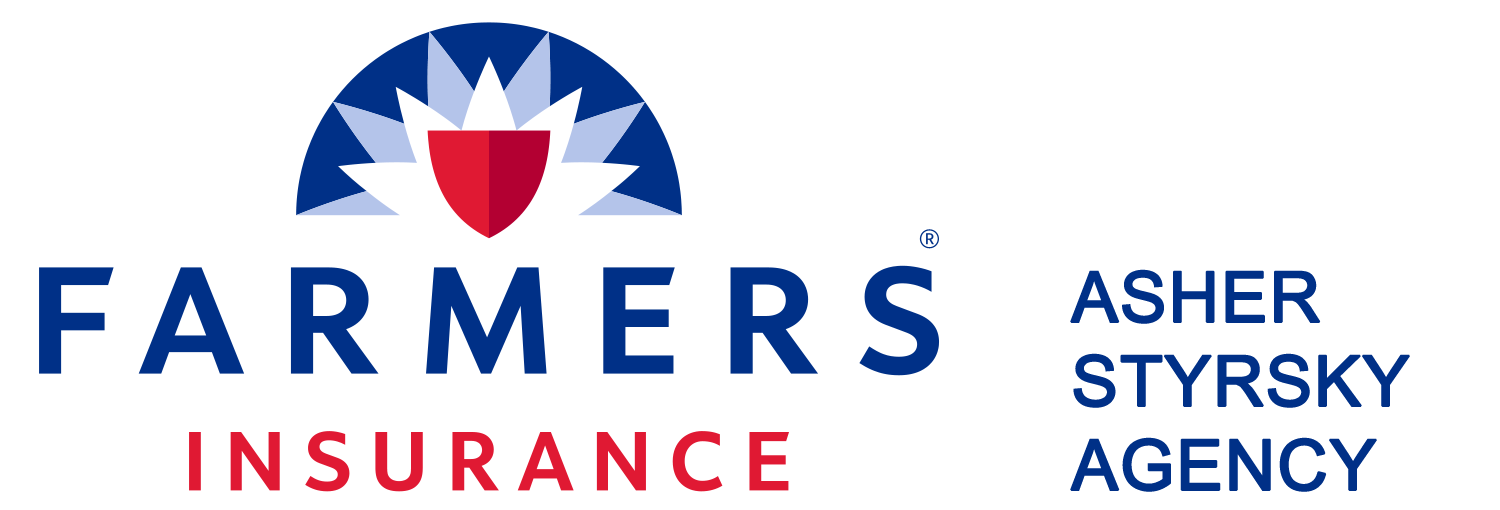Our friends at Neighbors United for Smart Growth developed this excellent information article. There’s great information in here about responding to the McKinley Village Draft Environmental Report.
NEXT STEPS FOR MCKINLEY VILLAGE DRAFT ENVIRONMENTAL IMPACT REPORT
What to look for in the report and how to determine a response
The City of Sacramento as the lead agency for complying with the California Environmental Quality Act (CEQA) has issued a Draft Environmental Impact Report (DEIR) for the McKinley Village project. The City has issued this DEIR with a 45-day comment period from Nov. 12 and ending Dec. 27, 2013. The City will not be holding a public hearing to accept comments
The community is encouraged to review and comment on the DEIR. Comments should be submitted in writing to:
Dana Allen, Associate Planner City of Sacramento, Community Development Department 300 Richards Blvd., 3rd Floor Sacramento, California 95811 dallen@cityofsacramento.org
WHAT TO LOOK FOR
The DEIR is required to evaluate potential significant environmental effects of the proposed project and present alternatives to the proposed project where there are potential significant impacts. These impacts are determined through comparing the existing conditions at the project site and region to expected construction activities and post-project conditions; this change in the environment is then compared to the City’s standards set as thresholds of significance to determine whether the impact is considered “significant” and thereby triggering the need to present feasible mitigation measures that would to avoid or substantially reduce the potential significant impacts of the proposed project.
Reviewers should focus their attention on several important aspects of the DEIR, related to the following questions:
Project description
- Have the project objectives been cleared described?
- Are the project objectives supported by information contained in the DEIR or otherwise referenced within the City’s administrative record?
- Is the project adequately described, including all future phases?
- Does the project description include presentation of all necessary facilities to support the reasonably foreseeable activities that are expected to occur on the project?
- Have all potential permits and other regulatory authorizations been clearly identified?
Environmental setting
- Has the current physical environment for all resources potentially affected by the proposed project been clearly described for project site and regional vicinity?
- Is there sufficient information to understand the physical environment as it exists at the time the Notice of Preparation (NOP) was issued?
- Is there additional information necessary for the decision-maker to perform an adequate impact analysis when it would be inappropriate to use “current physical environment” as the baseline?
- If surveys were prepared what is the timing of the surveys?
- Were appropriate protocols used by experts to perform these surveys?
- If survey information was submitted by the project proponent, has the City performed an independent analysis of that information?
Impact analysis
- Has the baseline for determining impacts for each environmental resource been adequately described?
- Has the threshold of significance for each resource’s impact analysis been adequately presented and substantiated?
- Has there been an adequate analysis of both direct (caused during construction) and indirect impacts (caused later in time) of the proposed project (including all future phases and reasonably foreseeable facilities necessary to support the proposed project)?
- Has there been an appropriate presentation of the potential for significance when comparing all resource impacts (direct and indirect) to the various thresholds of significance?
- Has there been an adequate presentation of cumulative impacts (including determination of significance), including presentation of past, present and reasonably foreseeable probable future projects that would in combination with impacts of the proposed project cause a cumulative impact?
Mitigation measures
- Have mitigation measures and alternatives been presented for all potentially significant impacts (including potentially significant cumulative impacts)?
- Was there adequate detail presented in the mitigation measure so the City is not deferring any collection of information or decision making to a future process?
- If certain mitigation measures are deemed infeasible, including economic infeasibility, does the DEIR present sufficient information to support that conclusion?
- If this information was submitted by the project proponent, including economic infeasibility, has the City performed an independent analysis of that information?
Alternatives
- Was there an adequate range of alternatives considered for the project, including discussion of all alternatives presented on the record, including those submitted during scoping?
- For those alternatives considered but not included for detailed evaluation, was there adequate justification presented in the DEIR or otherwise including in the City’s administrative record as to why they were not analyzed in detail?
- Was there an adequate range of alternatives analyzed in detail in the DEIR that are potentially feasible, would meet most of the project objectives and would avoid or otherwise minimize at least one potentially significant impact of the proposed project?
- If certain alternatives are ultimately deemed infeasible, including economic infeasibility, does the DEIR present sufficient information to support that conclusion?
- If this information was submitted by the project proponent, including economic infeasibility, has the City performed an independent analysis of that information?
Other concerns
- For all information submitted by or paid for by the project proponent, has the City performed an independent analysis of that information to determine whether it is sufficient for use in the DEIR?
- Has the City made a good faith effort at full disclosure?
- If the City has incorporated information by reference or otherwise used references in the DEIR, have those references been adequately cited and summarized?Does the City have all of those references available for review during the DEIR comment period?
NEXT STEPS
After the City closes the comment period for the DEIR it will assess whether information was submitted that would require revisions to the DEIR that would necessitate recirculation of changes made to the DEIR with an additional comment period. If the City determines this is not necessary, it will prepare responses to comments received on the DEIR and prepare a Final EIR that is required to include: the DEIR; a list of commenters and all comments received on the DEIR; responses to all significant points raised in the comments received on the DEIR; and revisions to the DEIR necessitated by the comments received, as well as changes to the project or other information.
If the City does not recirculate the DEIR, CEQA does not require an additional review period for the Final EIR. However, the City is required to circulate its responses to public agency comments 10 days prior to certifying the Final EIR as meeting the requirements of CEQA.
After the City has prepared the Final EIR, the City Planning and Design Commission will hold a public meeting to consider recommending that the City Council certify the Final EIR (certifying whether it meets the requirements of CEQA) and to consider recommending that the City Council approve the project. The City Council will then hold a public meeting to consider certification of the EIR and whether to approve the project.
















 Subscribe In A Reader.
Subscribe In A Reader. Check Us Out On Facebook!
Check Us Out On Facebook! Check Us Out On Twitter!
Check Us Out On Twitter! Visit Nextdoor!
Visit Nextdoor!









4 Responses to Tips For Responding to the Draft Environmental Impact Report for McKinley Village